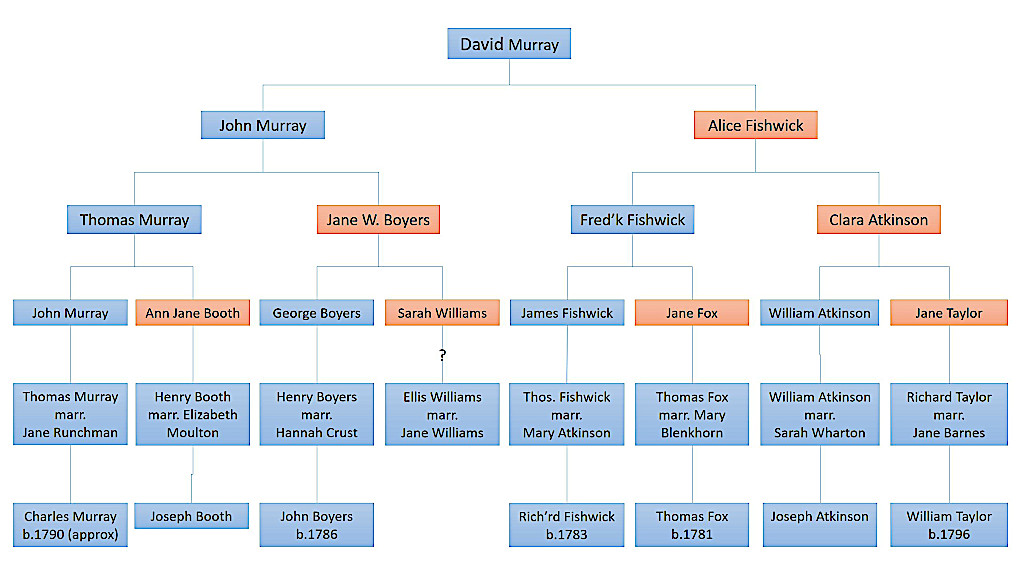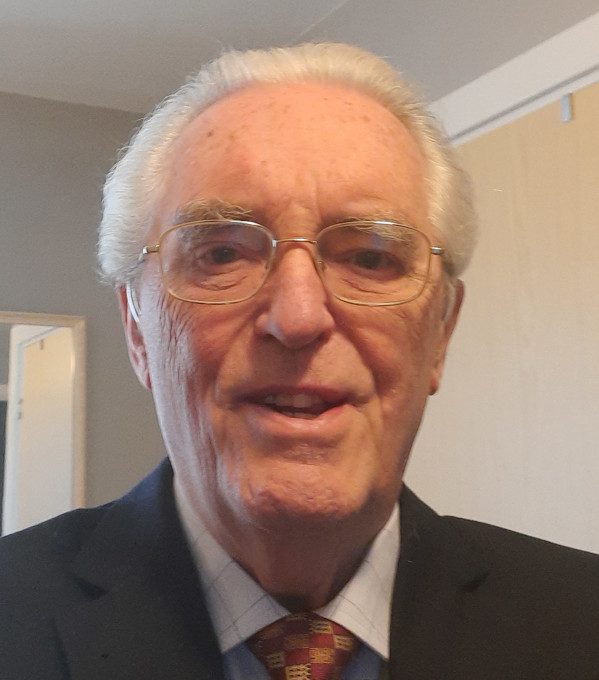It occurs to me that on the front page of this blog there is a section for family history, but that for more than three months since the re- launch it has sat there empty. It’s time that I wrote something, so here goes.
The research. Some reading this will already know that I spent large amounts of time over more than thirty years researching both my maternal and paternal lines. It all started when my mother was given a family heirloom, a silver cup won at a nineteenth century agricultural show; she didn’t recognise the name inscribed on it and asked if I could find out something about him.
The results of this request were not only the “skeletons” of family trees but also considerable detail on the lives of many people going back into the 1700s. Many days were spent going through old records in dreary basement archives offices, long decades before you could get much of the data while sitting comfortably in an armchair at home with a laptop or tablet computer. Very pleasant, though, were the cups of tea and scones consumed during visits to distant cousins, usually much older than myself, who so willingly talked told the stories they’d heard and pulled out the photograph albums, press cuttings and more.
On the Murray side the paternal line goes back geographically from Barrow-in-Furness to Liverpool and Chester then to Glasgow. My Murray grandmother was born a Boyers, her father and grandfather having moved over to the Furness area from Stockton and Middlesborough on Teesside, but their line goes back through generations of blacksmiths to farmers in the south of Lincolnshire, around Boston. That grandmother’s mother, however, was Welsh and arrived on Teesside from Wem in Shropshire.
It will be seen from this quick summary that my ancestry on the paternal side has strands of considerable geographic variety within the United Kingdom. English, Scottish and Welsh genes flowed together within three or four generations. To this one can probably add some French as the Boyers line in Lincolnshire almost certainly comes from French Protestant Huguenot refugees. Thirty-five years ago I had a colleague in our Paris office called Boyers, and it intrigued me to think that we could possibly have been distantly (albeit very distantly) related.
Moving over to my mother’s side of the chart there is far less geographical variety. Her Atkinson mother came from many generations of Westmorland farmers mostly within a few miles of a line drawn between Kendal and Tebay, whilst her Fishwick father’s ancestors moved slowly over the generations from Preston and Ribchester in Lancashire, up the Lune valley past Kirkby Lonsdale and Sedbergh to Longsleddale and Staveley. My maternal side, then, was much more geographically compact.
I’ve mentioned very few names so far but in addition the charts include surnames like Williams, Crust, Booth, Taylor, Rowlandson, Barnes and more. Little by little I’ll try to write up the story and put it here in easy stages. For many of the lines I can go much further back than the six generations on the chart.
There are many stories to tell. There was the gt-gt-uncle who was considered to be workshy because he left farming for “pen-pushing”, but became a senior local official. There was the woman who others in the family thought was “more interested in her cows than in her children”. There’s the very distant ancestral couple who could never possibly have imagined that they would have two British Prime Ministers among their descendants. And I mustn’t forget the young couple who just managed to get over the Scottish border to get married at Gretna before her furious father caught up with them. Yes, many stories, and little by little we’ll come to them.



I love your blog! Fran
Thanks Fran. Nice to have some cousinly confirmation.